1. Hummel Figurines
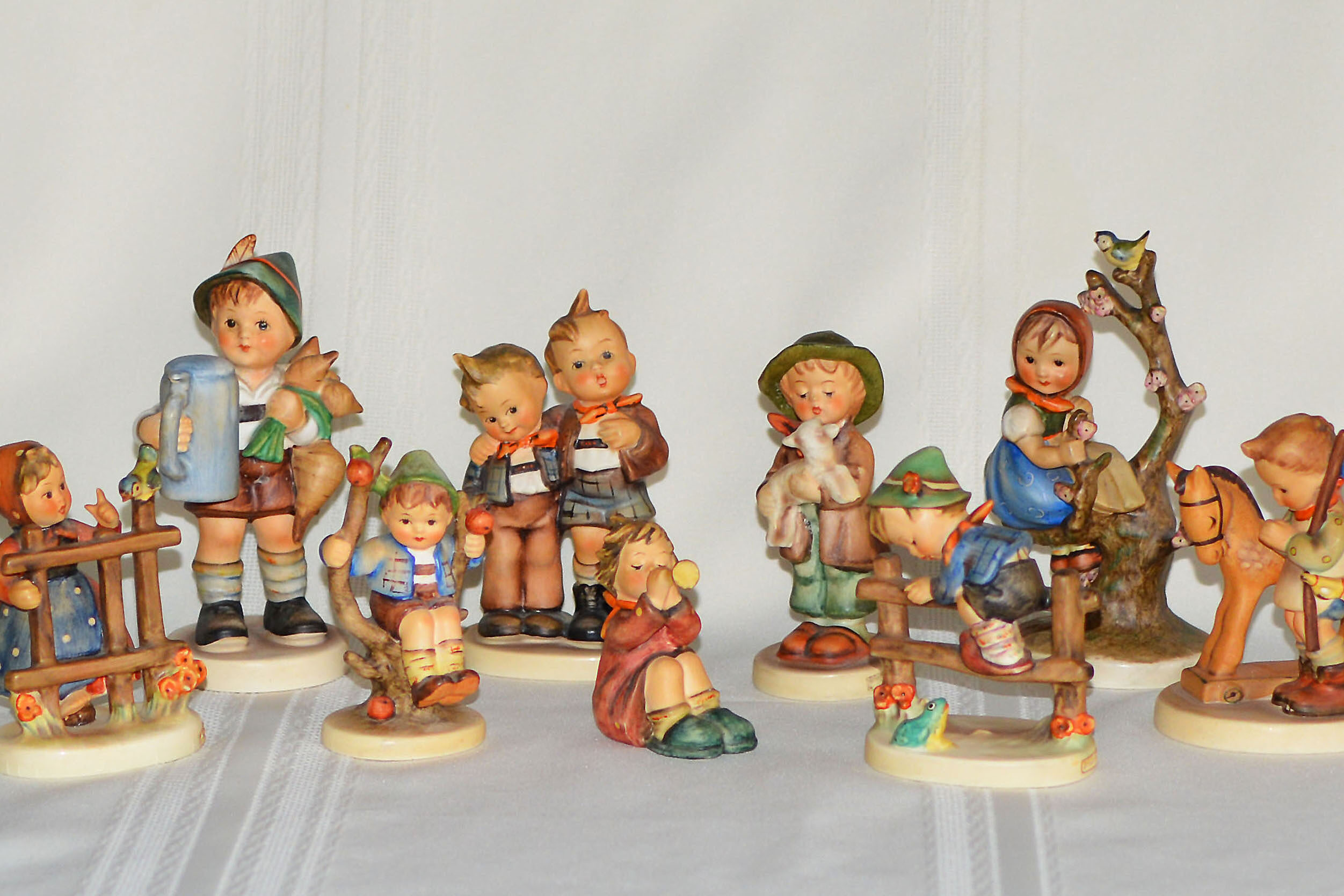
Once the pride of curio cabinets everywhere, Hummel figurines are seeing a sharp decline in value. These German-crafted porcelain figures were all the rage in the mid-20th century, but their appeal has waned among younger collectors. Supply outstrips demand, with countless figurines still circulating in the market. Even rare models struggle to fetch impressive prices at auctions. If you’ve been holding onto these as a nest egg, it might be time to rethink your strategy.
2. Beanie Babies
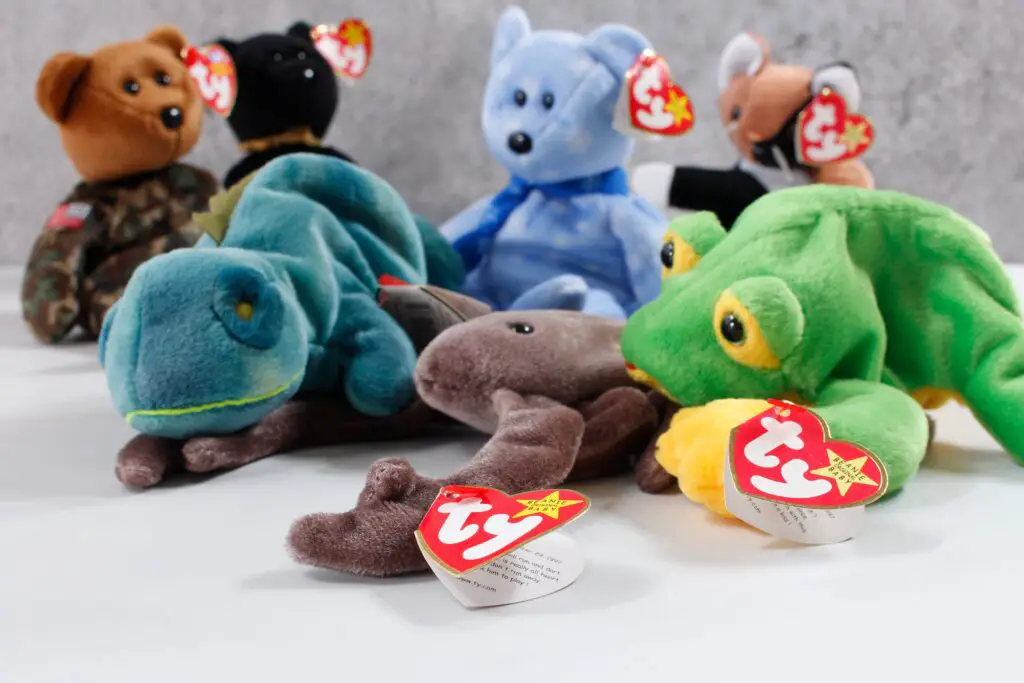
Remember the Beanie Baby craze of the ’90s? Back then, people treated these plush toys like investments, believing they’d fund retirements. Today, the market is flooded with them, and most sell for just a few dollars. Only a select few rare models—like a Princess Diana bear—carry any real value. But even those are hit-or-miss depending on the buyer. Nostalgia doesn’t always equal profit.
3. Precious Moments Figurines

Another collectible that’s fallen out of favor is the Precious Moments figurine. These pastel-colored, wide-eyed characters were staples of sentimental gifts for decades. Now, younger generations find them dated and overly saccharine. Without a strong collector base, their value has plummeted. Unless you have a particularly rare piece, it’s unlikely these will fetch more than a token amount.
4. Avon Bottles

In their heyday, Avon perfume bottles came in all shapes and themes, making them a hit with collectors. However, their mass production and limited desirability mean they’re worth next to nothing now. Even vintage designs, like cars or animals, struggle to sell for more than a few dollars. They’re charming, sure, but charm doesn’t pay the bills. Most collectors are left with shelves full of memories, not money.
5. Commemorative Plates
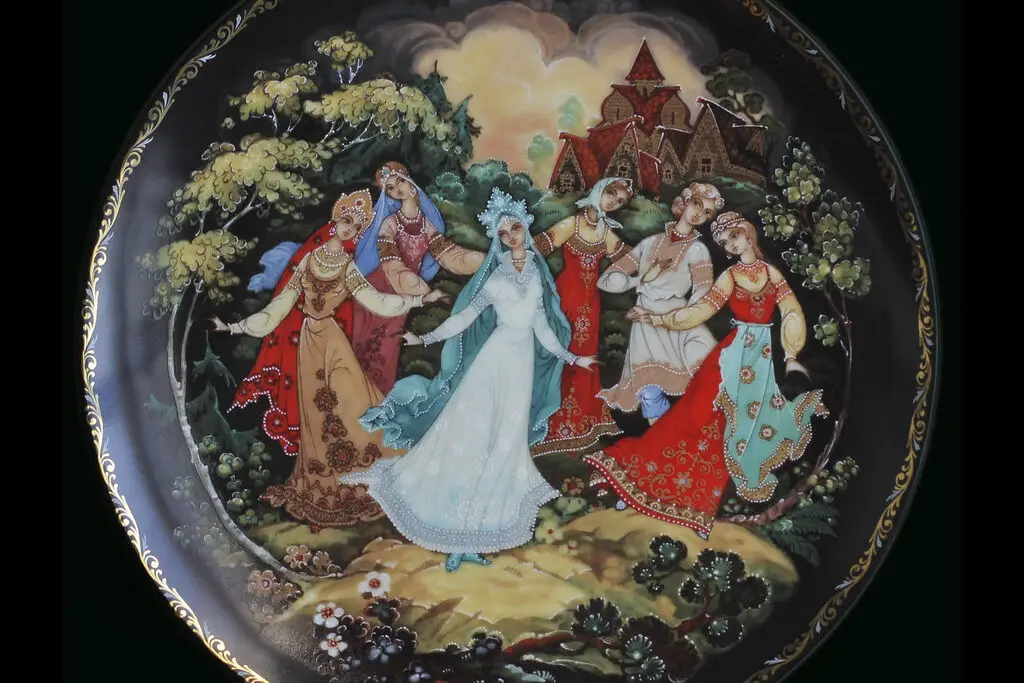
The Bradford Exchange and other companies marketed these plates as “limited editions,” convincing buyers they’d gain value over time. Unfortunately, the market never took off, and most plates are worth less than their original price. They’re often too niche, appealing only to specific fandoms or themes. Unless someone’s a hardcore collector of a particular series, they’re tough to resell. They’ve become more decor than a serious investment.
6. Vintage Sewing Machines

While vintage sewing machines are undeniably beautiful, their market value is slipping. The practicality of newer, more efficient models has overshadowed these collectibles. Unless you have a particularly rare or pristine machine, they’re often too bulky and inconvenient to attract serious buyers. Many people inherit these as family heirlooms, which adds sentimental value, but little else. Restoring or maintaining them can also be costly.
7. Milk Glass Dishes
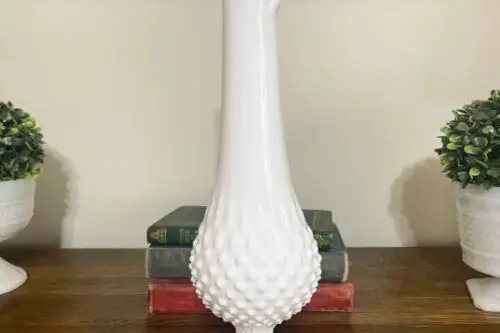
Milk glass dishes, with their opaque white finish, were a kitchen staple for decades. While they were once sought after for their retro charm, the market is now oversaturated. They’re no longer in high demand as collectors pivot to bolder or more colorful mid-century designs. Many pieces are inexpensive to begin with, making resale unappealing. Their only saving grace is their timeless look for those decorating on a budget.
8. Vintage Costume Jewelry

Costume jewelry used to be an affordable way to mimic luxury styles, but the value of vintage pieces is falling fast. Many of these items were mass-produced, and only a few designers—like Trifari or Coro—still hold collector appeal. Younger buyers prefer modern, minimalist jewelry, leaving ornate vintage styles to gather dust. Unless you have something rare or in mint condition, don’t expect a big payout. They’re better suited for personal wear than profit.
9. Salt and Pepper Shakers
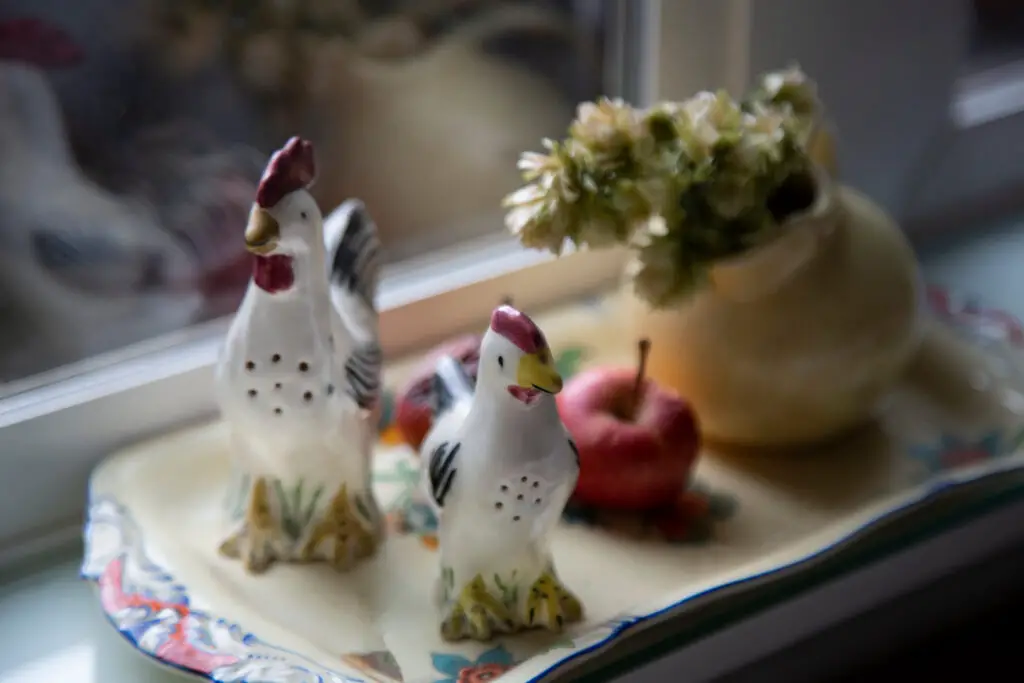
Quirky and collectible in their prime, vintage salt and pepper shakers have lost their appeal to most buyers. These miniature sets were popular souvenirs and gifts, but their market has dwindled. While unique or themed sets might still interest niche collectors, most fetch only a few dollars. They’re fun to display, but their financial value is minimal. The sheer volume available ensures they won’t become rare anytime soon.
10. Depression Glass
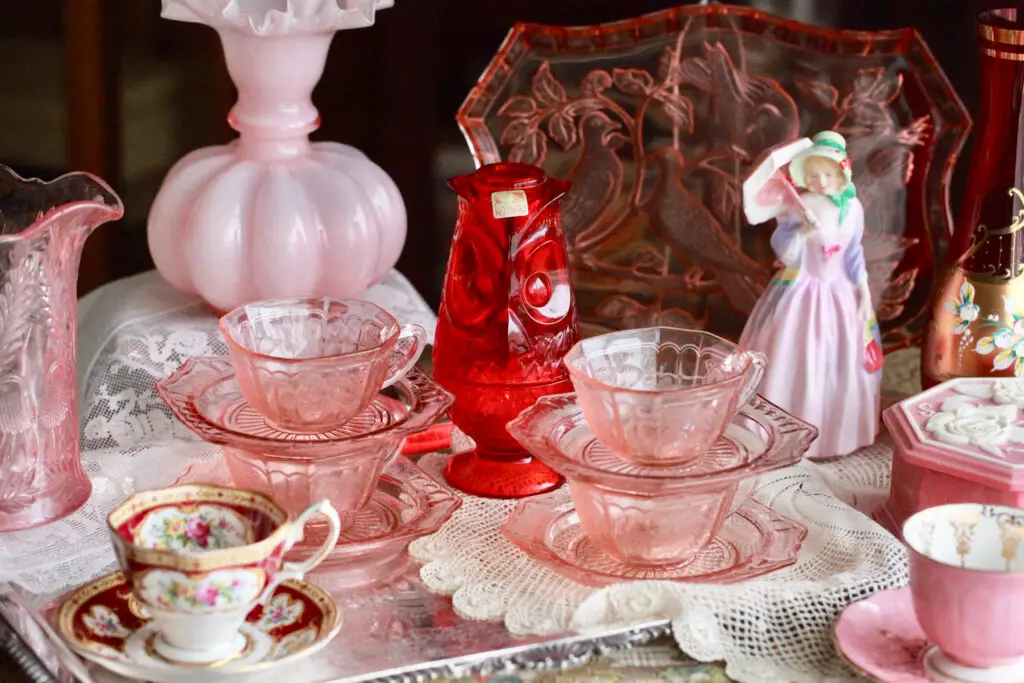
Depression glass, mass-produced during the Great Depression, was once a hot item for collectors. Today, its value has diminished due to its abundance and fragile nature. Most patterns aren’t rare enough to command high prices, and younger collectors don’t have the same attachment to its history. While some unique colors or patterns still draw interest, the overall market is soft. For many, it’s more about nostalgia than profit.
11. Matchbox Cars (Modern Era)
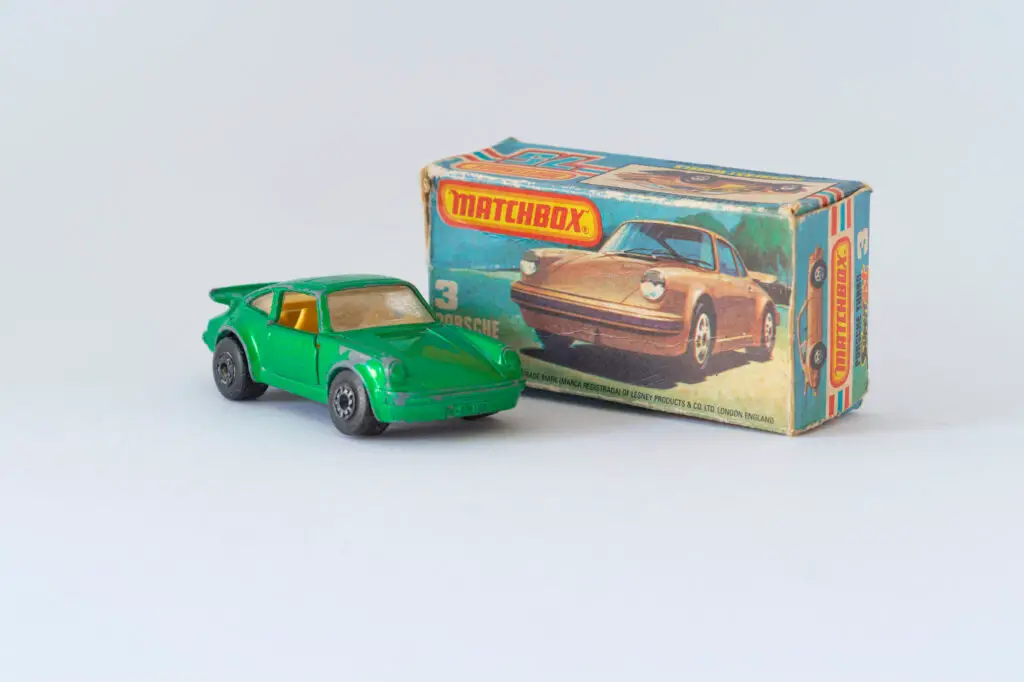
While vintage Matchbox cars from the ’50s and ’60s can command impressive prices, those made in the ’80s and ’90s aren’t as lucky. These newer models were produced in much higher quantities, leaving little room for rarity. Most are worth only a fraction of what collectors hoped they’d be. The market is also highly saturated, making it hard to sell anything but the most pristine or rare pieces. Nostalgia alone doesn’t drive value here.
12. Cabbage Patch Kids
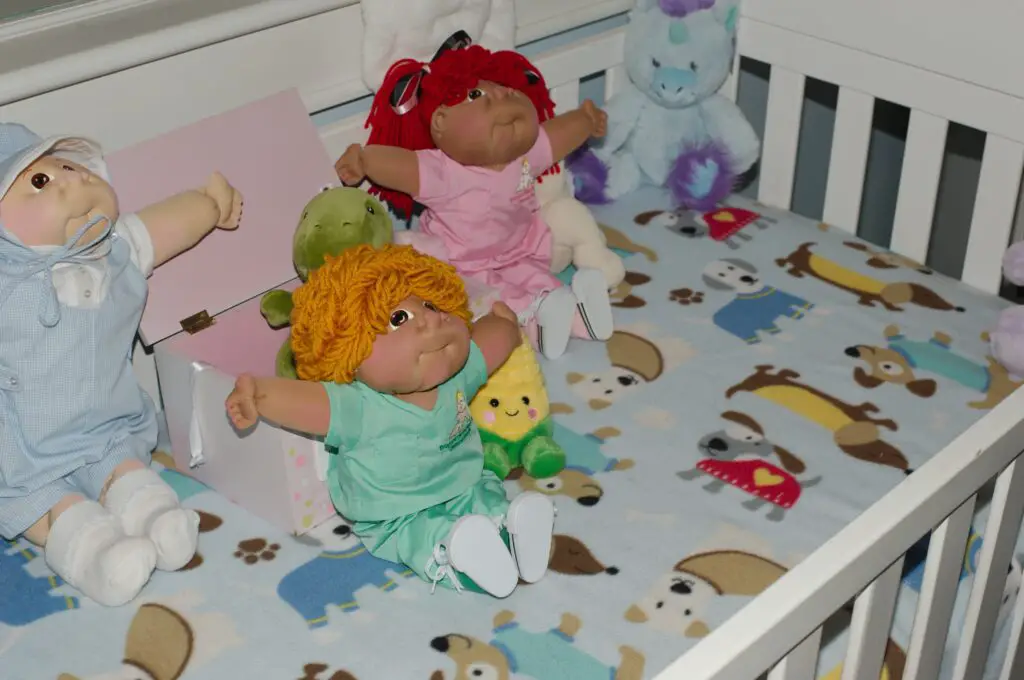
The Cabbage Patch Kid dolls of the ’80s were once a must-have for children, but their resale value has dropped significantly. Most are mass-produced, and only the earliest editions or unique models hold any real worth. Their quirky charm doesn’t resonate as strongly with modern audiences. Collectors looking to sell often find themselves disappointed by low offers. Unless it’s still in the original packaging, it’s unlikely to be a goldmine.
1. Vintage Vinyl Records
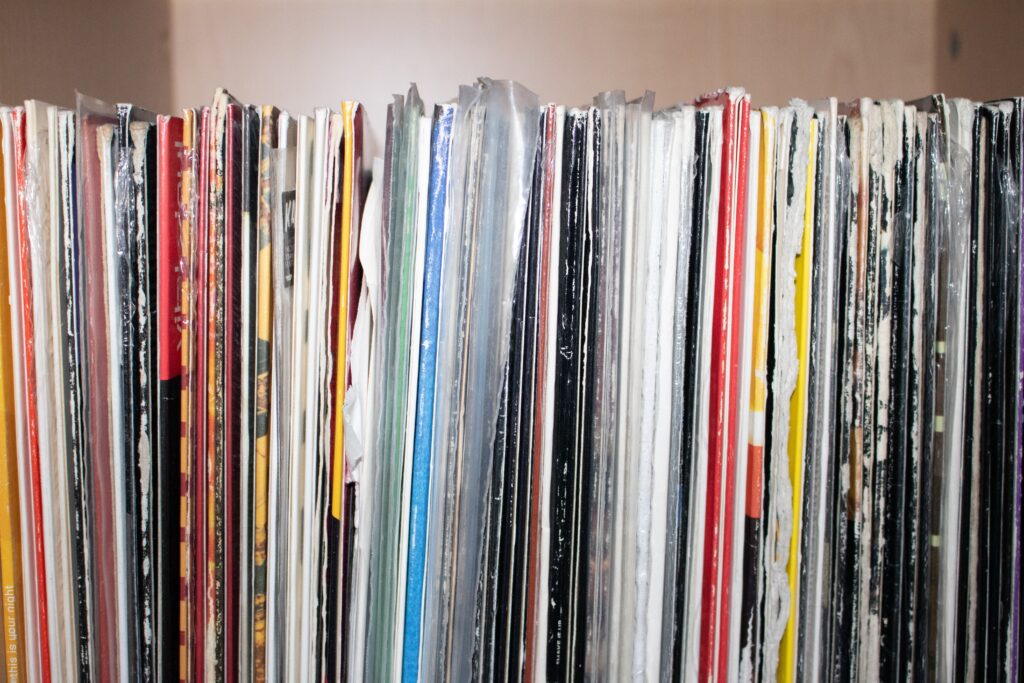
Vinyl is one of the few collectibles that has held, and in some cases, gained value over the years. Albums from legendary artists like The Beatles, Pink Floyd, and Bowie can sell for thousands, especially in mint condition. Original pressings and rare editions are prized by audiophiles and collectors alike. Even with the resurgence of vinyl, certain records remain irreplaceable treasures. If you’ve got a crate full of classics, don’t let them gather dust.
2. Antique Furniture
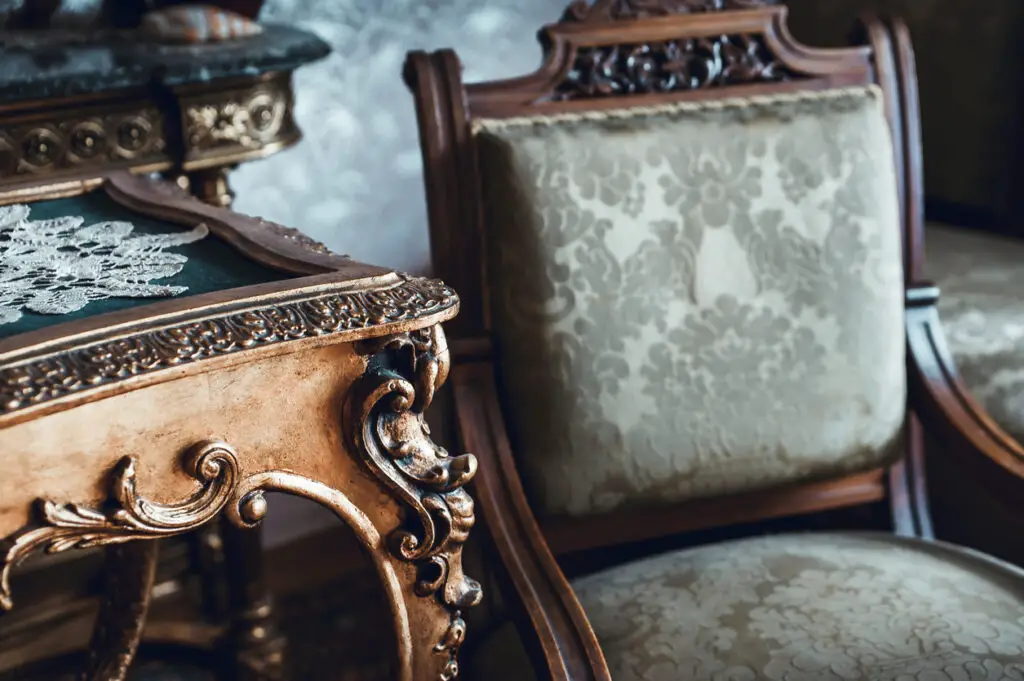
While some furniture loses value due to trends, true antiques—pieces over 100 years old—are consistently sought after. Handcrafted items made from solid wood, especially those with unique details or provenance, can be priceless. Unlike mass-produced modern furniture, these pieces tell a story and are built to last. They’re beloved by designers and collectors who appreciate timeless craftsmanship. Keep an eye out for heirloom-worthy items.
3. High-End Wristwatches
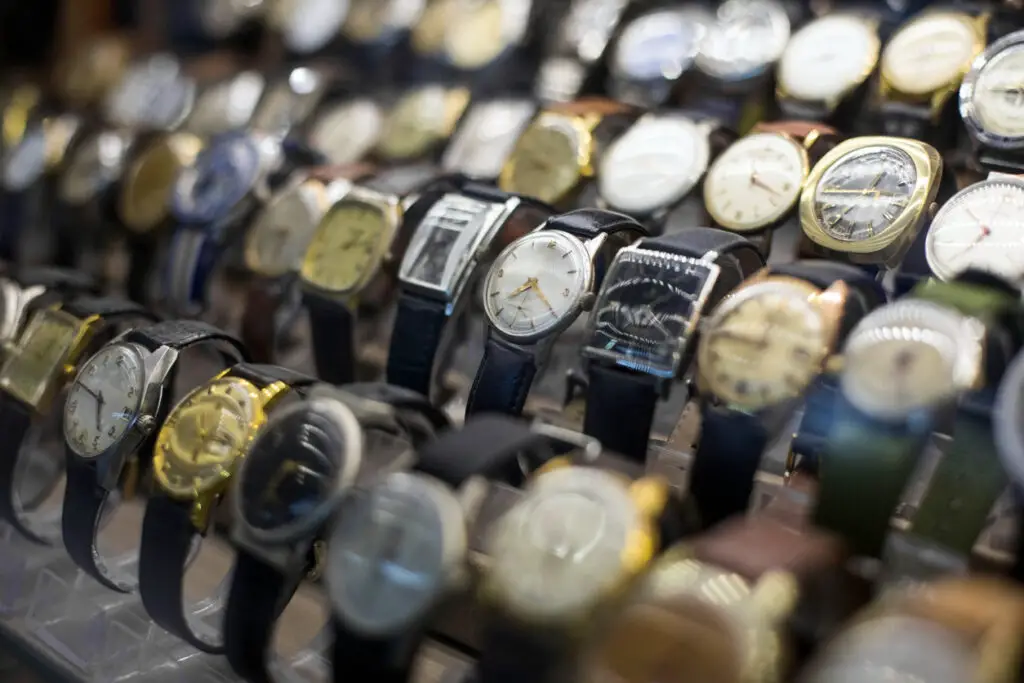
Luxury wristwatches from brands like Rolex, Patek Philippe, and Omega are enduring collectibles. These timepieces not only hold their value but often appreciate over time, especially limited-edition models. The craftsmanship, heritage, and prestige of these brands make them status symbols. Serious collectors and investors treat them as wearable art. If you’ve got one in pristine condition, it’s likely worth holding onto.
4. Coins and Currency
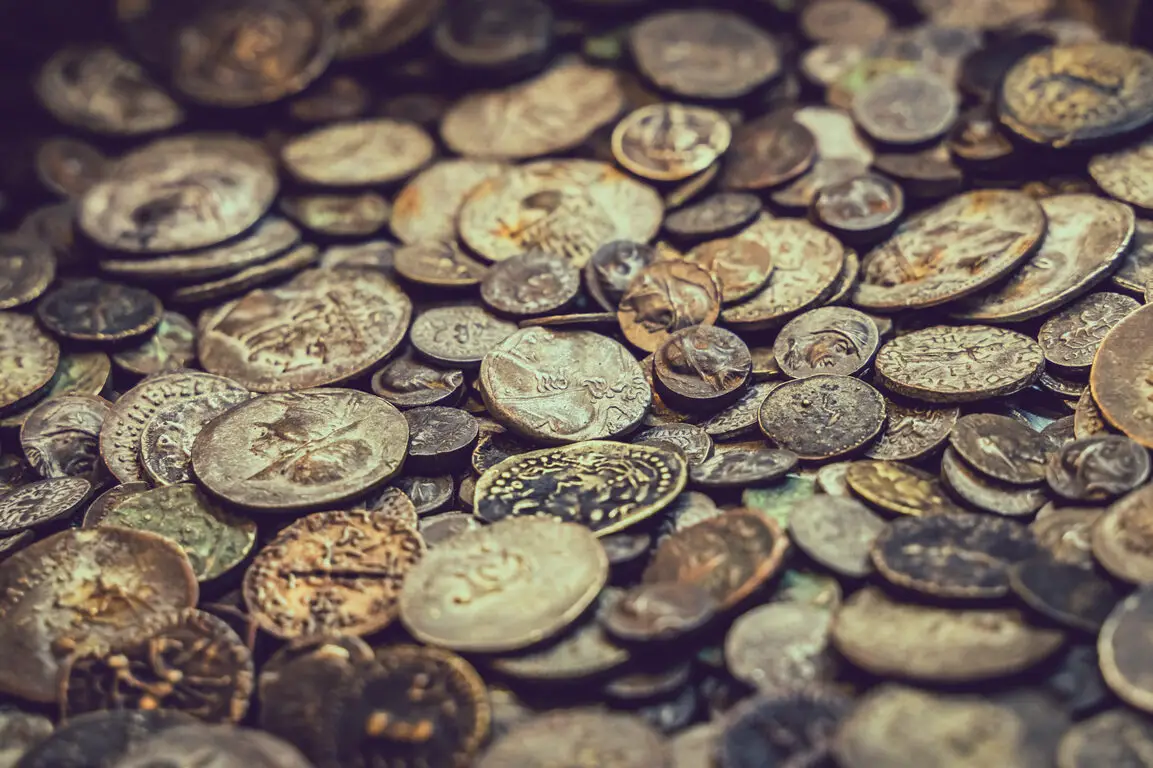
Rare coins and old paper currency are timeless collectibles that remain highly valued. Items like pre-1933 U.S. gold coins or error coins are especially prized by numismatists. Their value comes from scarcity, historical significance, and intrinsic metal content. Unlike many collectibles, they can also hedge against inflation. If you’re lucky enough to have a rare piece, it could be worth far more than its face value.
5. First-Edition Books
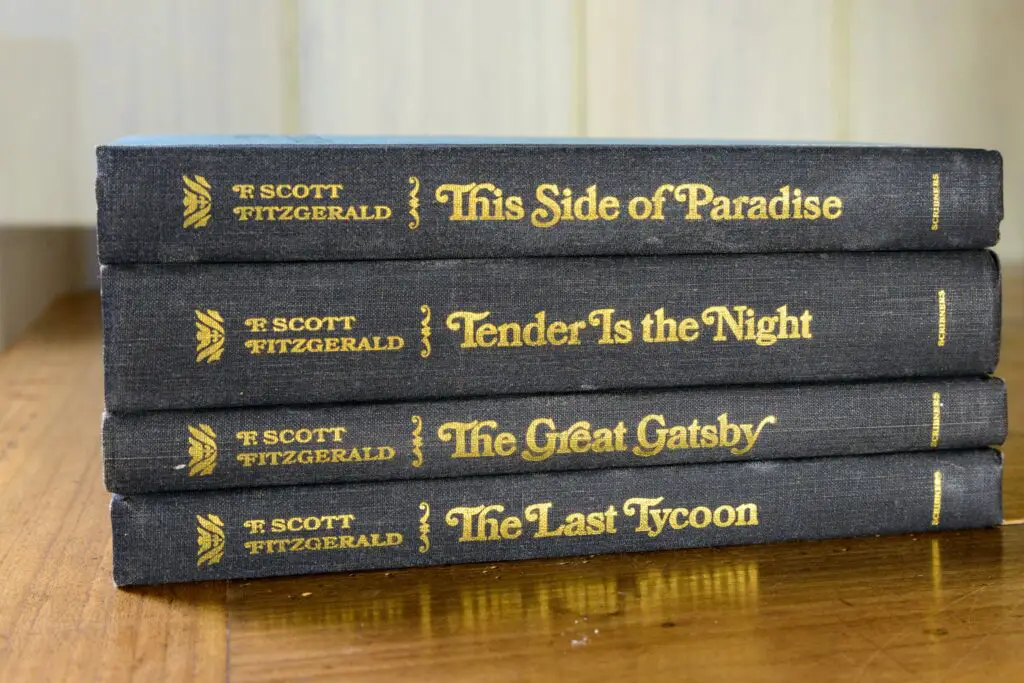
First-edition books, especially those by famous authors, are the crown jewels of literary collectibles. Titles like The Great Gatsby or Harry Potter and the Philosopher’s Stone can fetch staggering sums. Condition is crucial, as pristine copies are rare and highly coveted. They appeal to both collectors and literary enthusiasts, ensuring their market stays strong. If you’ve inherited a dusty bookshelf, it’s worth investigating what treasures might be hiding there.
